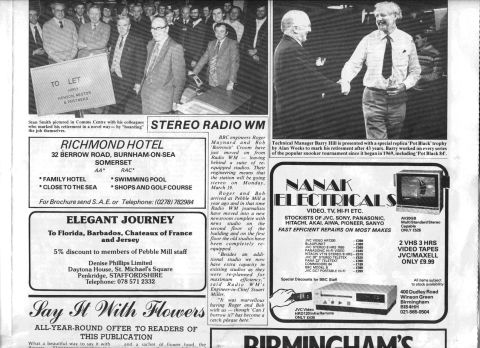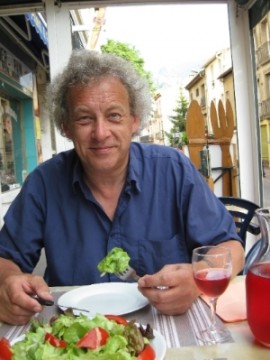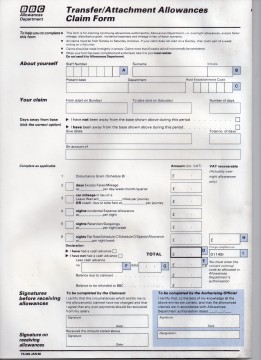Copyright resides with the original holder, no reproduction without permission.
Thanks to Steve Dellow for keeping this A5 notepaper safe, and for sharing it.
Steve found the slightly crumpled letterhead in 1984, in the Communications Centre drawer! The sheet dates from the 1980s, and was designed by graphic designer Lesley Hope-Stone. It’s interesting that telegrams could still be sent to the phone line – I don’t know when that stopped being possible.
This version of the BBC logo was used between 1971 and 1988, the corners of the blocks are rounded in this iteration, whereas the previous version had sharp edged blocks. The line drawing logo of the Pebble Mill building was used soon after it opened in 1971.
The following comments were added on the Pebble Mill Facebook page:
Dave Harte: ‘Pebble Mill logo is awesome. That should be on a t-shirt.’
Ian Wood: ‘I did work experience at Pebble Mill during my BA Graphic Design course, working alongside graphic designer Lesley Hope-Stone in early 1984. Towards the end of my time she was working on a corporate identity for BBC Pebble Mill to be used across stationery with a view to extending it to the screen – possibly on regional news bulletins and for the copyright line on end credits.
It didn’t quite happen, which was a shame in my view – I loved Lesley’s design. It was superseded by the “flying plughole” logo used for BBC in the Midlands in 1986. It would have been in circulation from (roughly) summer 1984 to summer 1986. I think it was then felt that a logo was needed to represent the whole of the BBC’s activities in the Midlands rather than to symbolise Pebble Mill alone. Hence the flying plughole after the relatively short two years that Lesley’s stripes ruled.’
Here is the ‘flying plughole’ logo which Ian is referring to:





